How to Fix a Lagging Laptop When Plugged In: Causes and Solutions
When laptops are plugged in and begin to lag, users often experience significant performance drops, which are particularly noticeable during gaming or while using demanding applications. A common cause for this issue is the power management settings, where the laptop may switch to a different power plan when plugged in, potentially throttling performance to conserve energy or due to incorrect power settings.
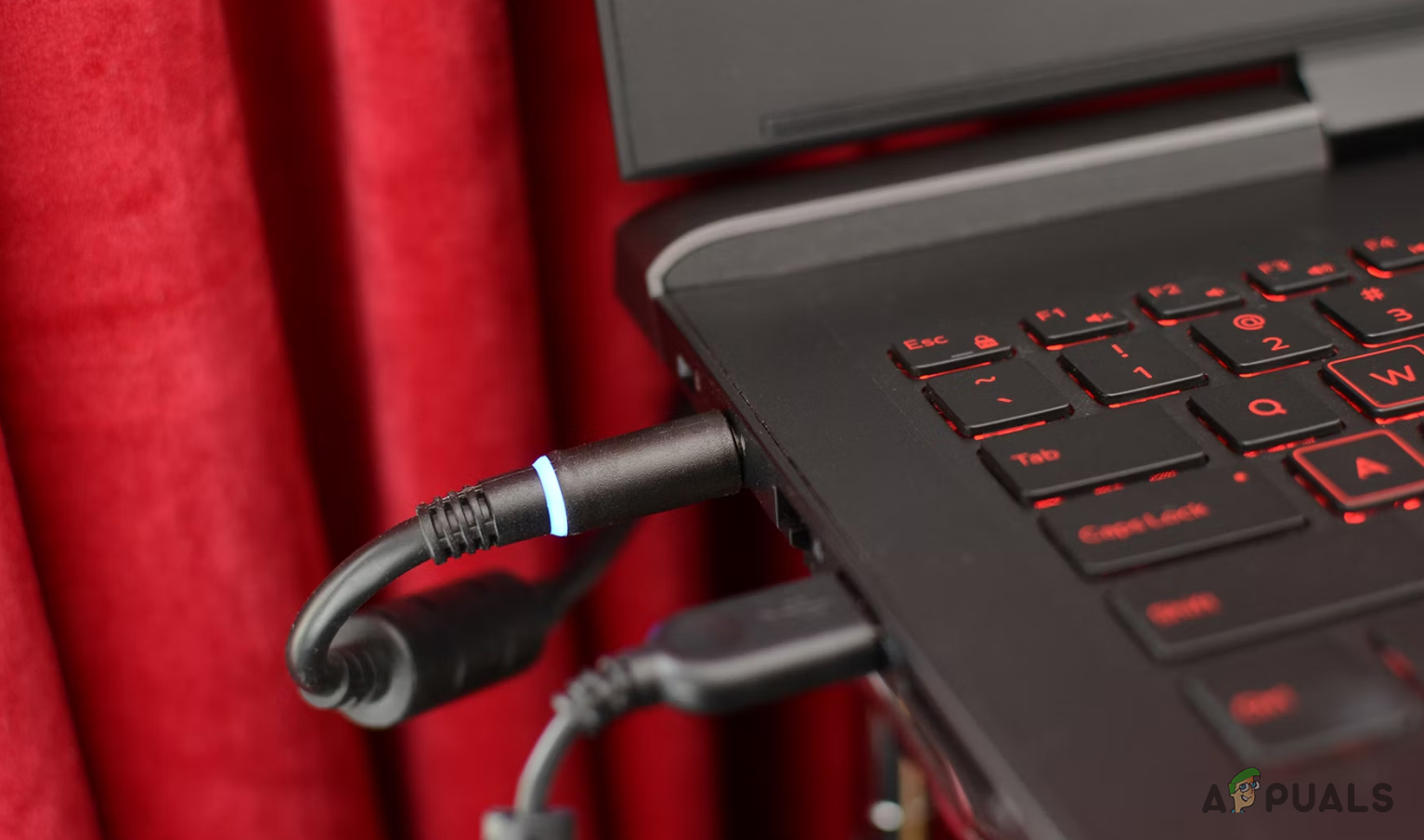
Additional causes include outdated drivers or BIOS, overheating due to poor ventilation or dried-out thermal paste, and an insufficient power supply from the charger, especially if the charger’s wattage is lower than what the laptop requires.
For instance, a charger that does not supply enough power can cause the laptop to lag under heavy usage when plugged in but perform normally on battery power or with a charger that provides the correct wattage.
In this article, we will discuss several methods you can use to address laptop lag while it is plugged in.
1. Edit Power Plan Settings
The first thing you should do is change the power settings on your laptop. These settings vary depending on whether the laptop is on battery power or plugged in.
As such, when the laptop is plugged in, the power plan may change, leading to overall slowness in Windows. You can remedy this by ensuring the laptop is not restricted from using system resources while plugged in.
- First, open the Start Menu and search for Edit Power Plan. Open it.
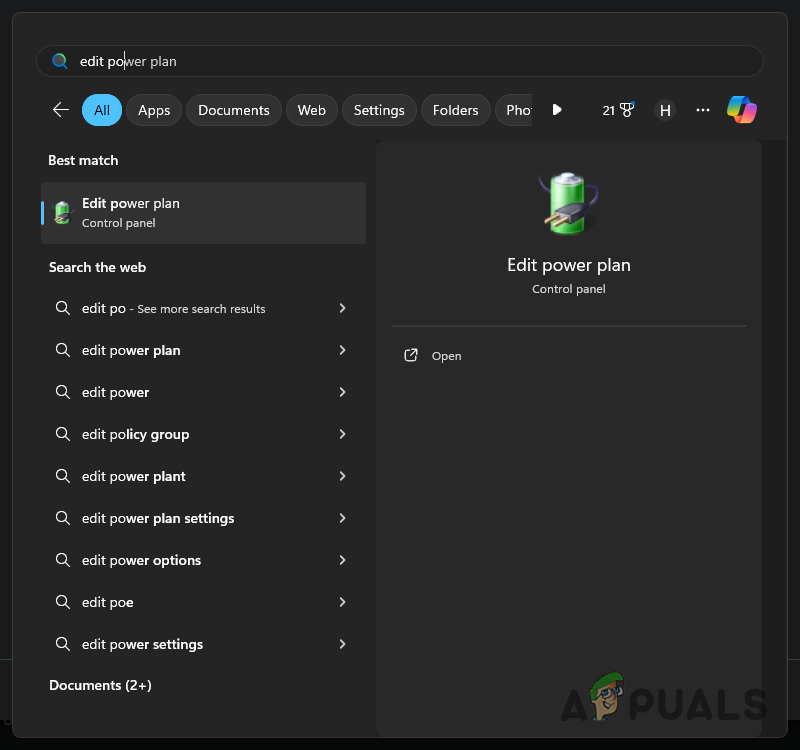
Opening Power Plan Settings - Then, click on the Change advanced power settings link.
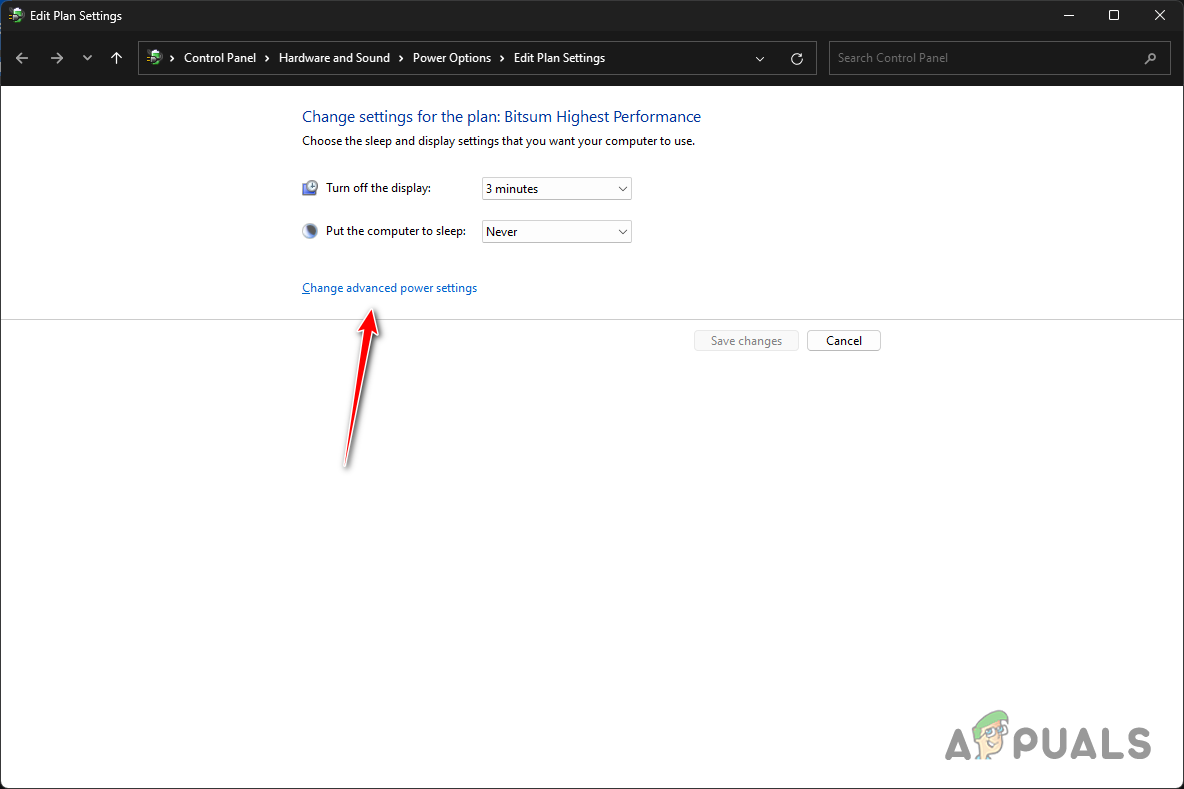
Navigating to Advanced Power Settings - Expand the Processor Power Management section and then the Maximum Processor State submenu.
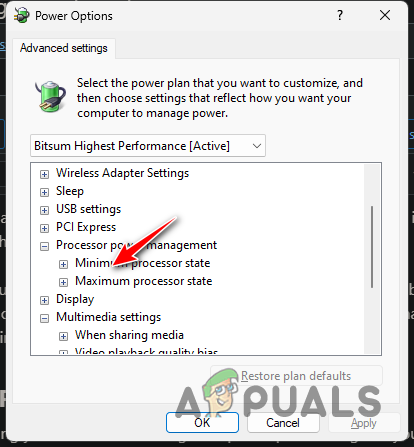
Expanding Maximum Processor State Power Option - Set the Plugged in value to 100%.
- Next, expand the Switchable Dynamic Graphics > Global Settings submenu.
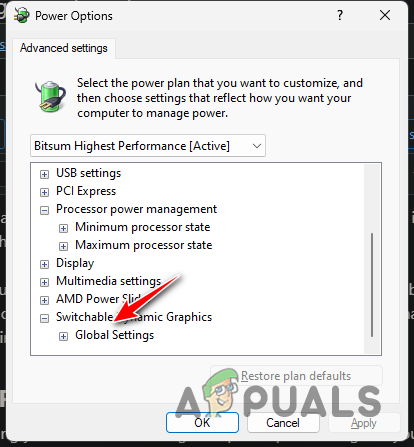
Expanding Graphics Settings under Switchable Dynamic Graphics - Select the Maximize Performance option from the Plugged In dropdown list.
- Then, expand the Multimedia Settings > When Playing Video submenu.
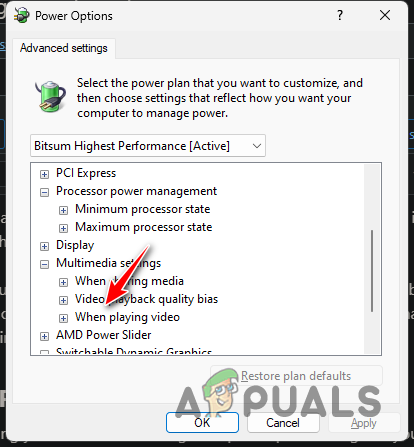
Expanding When Playing Video Power Option - Choose the Balanced option from the Plugged In menu.
- Click Apply, then OK.
- Restart your laptop to check if the problem has been resolved.
2. Check the Charger’s Power Rating
A mismatch between the charger’s power rating and the laptop’s requirements can also lead to lag when charging your device.
Using a charger with a lower power rating than needed by your laptop can cause a performance decrease due to insufficient power. Conversely, a charger with a higher power rating may raise the temperature, leading to performance bottlenecks.
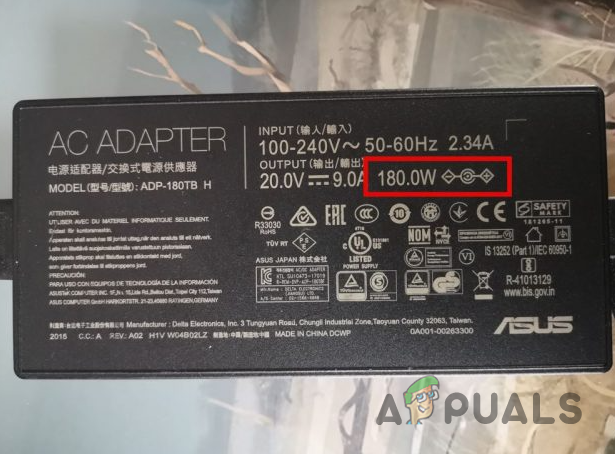
Check the power rating on the back of your laptop and ensure your charger’s power rating matches. For example, if your laptop requires a 200W charger, make sure you are using a charger rated for 200W as well.
3. Change Battery Power Mode
The power mode defined in the Windows settings can also affect your laptop’s performance when it is plugged in. This can happen if the selected power mode prevents the laptop from utilizing all available resources.
To resolve this issue, you can easily change the power mode via the Settings app in Windows.
- First, press the Win key + I to open the Settings app.
- Then, navigate to System > Power and Battery.
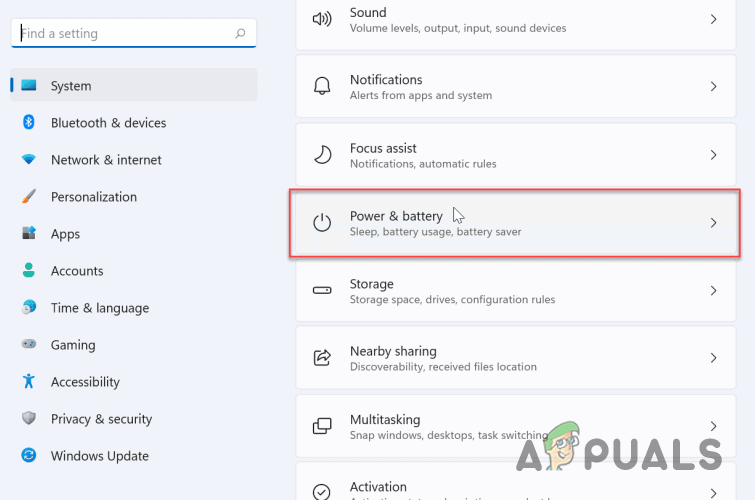
Navigating to Power and Battery Settings - Select Best Performance from the Power Mode dropdown list.
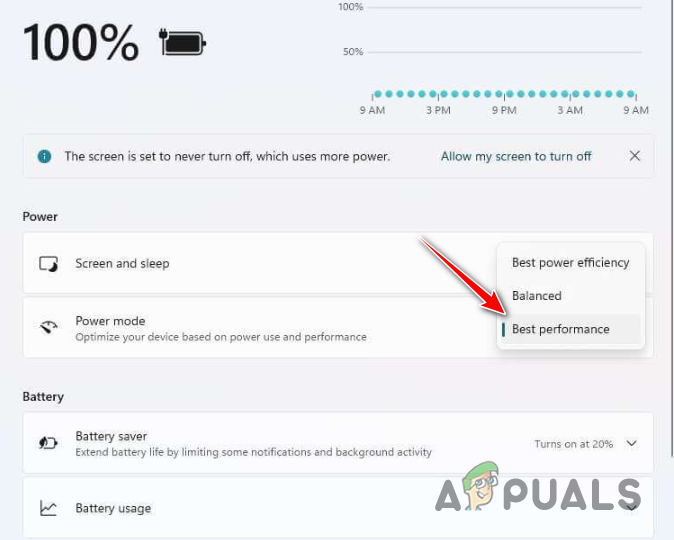
Changing Power Mode to Best Performance - Test to see if the performance issue persists.
4. Monitor Laptop Temperature
Excess heat when your laptop is plugged in can lead to sluggish performance. This issue may be apparent if you notice the laptop’s fans running faster after plugging it in.
We recommend monitoring the temperature of your laptop to ensure it’s not overheating. You can use the HWMonitor utility for this purpose.
Download the utility from here and install it on your laptop. Then, open the program and keep an eye on the temperatures.
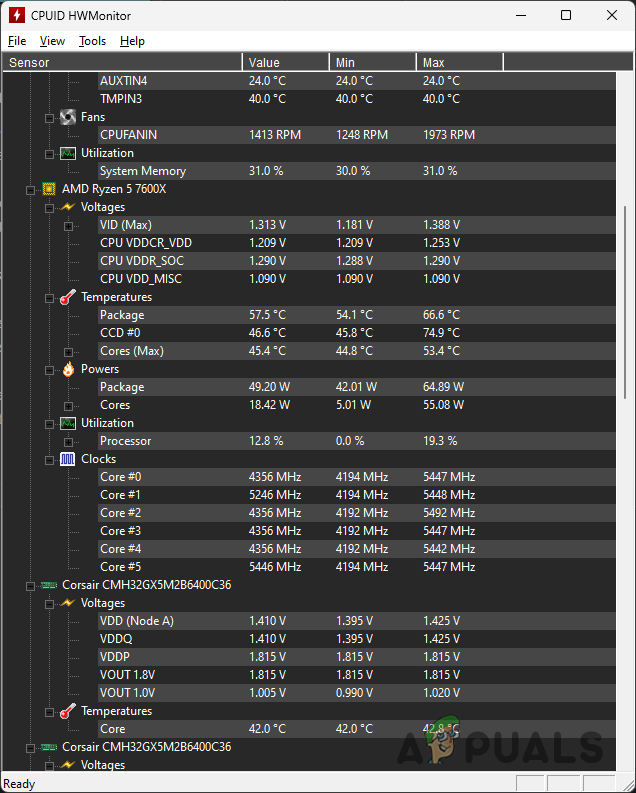
If temperatures are high, ensure that the air vents are not blocked and clean them to remove any dust buildup.
If these steps don’t work, consider using your warranty or taking your laptop to a local technician for cleaning and further inspection.




